So you're in Beijing, and you want to go shopping.
But where do you go and how do you start... and what should you spend your hard-earned money on?
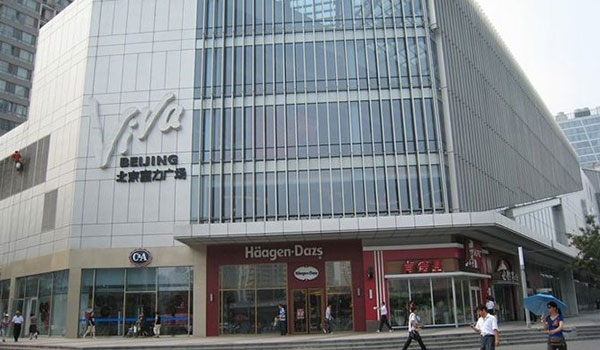
Fortunately or not, a metropolis as vast and culturally diverse as Beijing offers a panoply of different shopping opportunities. Everything from dirt-cheap wares to expensive luxury items is available for the discerning shopper, at a range of different venues covering the gamut from tiny shops and makeshift street corner stands to large, gleaming, extravagant malls.
One of the most useful quick online tools I've come across is this map with clickable links on it that redirect to place pages for many of Beijing's larger shopping areas - check it out:
Where to Begin Shopping in Beijing
The first stop on our list is the Wangfujing area, a must to experience for the finer offerings of the Beijing shopping experience. Here, you will find all the trendy international clothing labels, along with some really good local branding, too; LI-NING Sportswear is a great example.
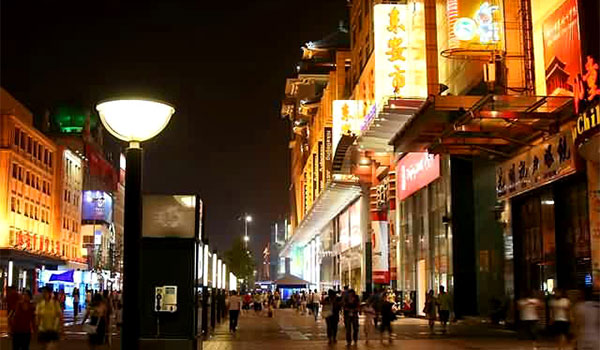
While you are out and about in Wangfujing, take time to enjoy some of the exotic delights available at any time of the day or night in the Snack Street area – there’s lots to choose from for sure (Chinese don’t really eat roasted silkworms or scorpions, either – and be prepared to have your picture taken by amused Chinese tourists to their nation’s capital when you do!).
Do
enjoy your sojourn around the Wangfujing area; it’s a place that
bustles both day and night, and the atmosphere is always positively
charged. Make sure to check the price before you order anything from
the food vendors though, and scan the boards behind them to see if the
price seems to line up. Some of them, especially the vendors closer to
the entrance of Snack Street, like to overcharge those customers who
can’t read the Chinese prices on the sign hanging up behind the cooks.
Shopping in Beijing’s Silk Street
Sadly, the charming old silk market has vanished, demolished in 2004. No matter, the spirit lives on through the myriad of traders plying their wares everywhere.
Don’t be too alarmed at the closure of the old market, because the new center is impressive in its own way. It has much more on offer by way of choice, too. When it comes to food, you are sure to find something tasty to suit your appetite and budget, with a large number of restaurants and eateries to select from.
As in Yashow, another famous bargain hunter’s paradise and tourist trap, the trading stalls around Silk Street have a mind-numbing selection of goods on offer. Some of this is genuine, but bogus brand names – let’s not be unkind and label them counterfeit goods – do a roaring trade in the area, too.
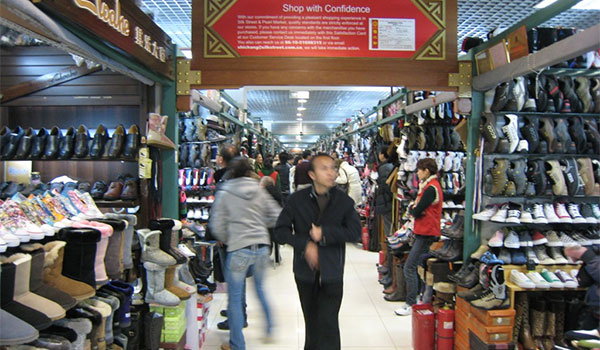
If you’re not put off by a clever copy, do watch out for lookalikes being sold (and priced) as the genuine article.
Shopping in Beijing’s Malls
Beijing is home to legions of shopping malls, catering to locals,
expatriate residents, and tourists alike. Consumerism is booming.
Due to its sheer size, Beijing has blossomed into a world class destination for international travelers. It rivals (outstrips?) London, Paris and even New York as a “must see” place, and this in turn has encouraged development on a scale seldom witnessed before. With that influx of foreigners, foreign goods, and foreign money comes a huge swing in retail prices, across every sector of the buying market.
While you can still buy local goods very inexpensively at local
shops away from the city center (or in some nooks and crannies not far
from it), head to any of the big shopping complexes and you'll be
paying Western prices.
All tastes are targeted, from the budget conscious to the obscenely
rich. On imported goods, however (and that includes many of the
foreign-branded clothing and electronics), official taxation adds as
much as 35% to the
price tag.
Several of the more popular shopping centers in town:
-
Sanlitun Village – perhaps the best-known and most visited mall among expatriates (though plenty of Chinese come here too), Sanlitun Village is located right in the middle of Sanlitun, in the heart of Chaoyang District. An open-air mall with a suite of Western and other restaurants on the third floor, multinational clothing brand anchor stores like Uniqlo and Adidas, and Beijing’s very own Apple store.
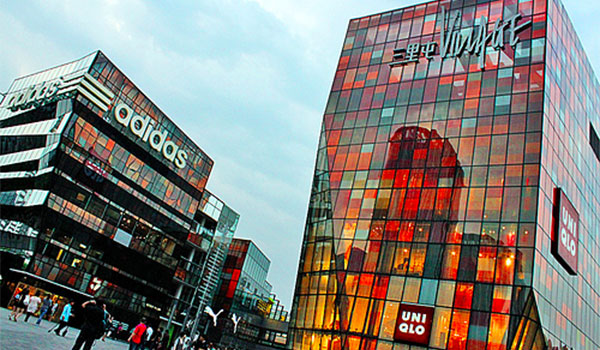
-
Beijing One-World Shopping Mall – as the name implies, everything you could want, and it’s all conveniently arranged in this popular shopping mall with an impressive 10,000 square feet of space dedicated to shops and shopping. Lots of restaurants, as well as much more on offer in the entertainment sense, too.
-
Pacific Century Plaza – this shopping experience is right in the heart of the city center, so access is convenient and easy. A fashionable selection of boutique labels and brands are on offer to the trendy buyer. Lots of fine restaurants to visit too, when your tummy decides it’s time for food.
Bargain Hunting Rules of Engagement
While the Western shopping malls and more modern stores have set prices like you'll find throughout most of the West, if you visit some of the more tourist-y shopping areas or some of the more traditional Chinese shops, expect to barter and banter to get a reasonable price.
When bargain hunting or frequenting (fun!) tourist traps like the
Silk Market or Yashow, keep the following shopping tips in mind:
-
Bargain – the shopkeepers in these types of stores will anticipate bargaining as part of the negotiations, and have priced accordingly, for all non-local Chinese (they'll give local Chinese a better price, assuming they have a better idea about what an item is worth - but locals still need to bargain here, too). The rule of thumb for bargaining: if you know the price you want to pay, just say it, and when you're refused, slowly start to walk away. When the shopkeeper calls you back, come back and repeat your price; when refused, slowly walk away again. Continue doing this until you get your price. On average, the prices you'll be quoted as a foreigner in Yashow or the Silk Market are 7 to 10 times what the shopkeeper is willing to sell the item for if you bargain hard enough.
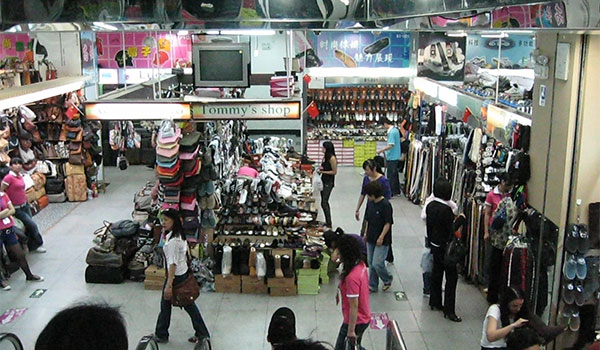
-
Key words – a simple greeting starts the bargaining process. Most people in Beijing understand the word “Hello” - it translates to Ni hao if you want to make a good start. Another useful expression is Tai gui le, or “too expensive” in English. It kind of draws the boundary lines.
-
Don’t be impulsive– this should be the first rule of any shopping tour! Check and compare prices elsewhere because competition is healthy, and shopping in Beijing is no exception. Any good you see for sale in a tourist trap-like shop is for sale in several of the shops next door– make it your mission to find the best price among all three or four shops selling it before you buy.
-
Prices – in these types of stores, prices will not usually be displayed, since shopkeepers give wildly different prices to different people... but remember that the price you see – if it is displayed – should never be the price you pay. Just as in most other places, merchandise markup is pretty standard. In other words, shopkeepers expect to discount; it’s already been factored in!
Keep these rules close at hand when you're in a bargaining-style store, and you'll be able to come away with some good deals on reasonably nice wares.
However, do bear in mind that for the finer items, you'll almost always be shopping in more Westernized shops and stores, and paying the ticket price, too... which will be comparable to, or sometimes more expensive than, what you'll pay for the same items in the U.S. and Europe.
HongQiao Pearl Market
The Pearl Market is not only a market for pearls; it’s also a jewelry, clothing, and electronics hub. If it has wires, buttons, or LEDs, it’s almost certain to be found right here in this impressive center.
Start on the ground floor, where you can buy anything from the latest 4G software / hardware to helicopter toys. Move up a floor or two and you’ll soon encounter well-known brands, from silk to watches, and apparel of every type as well.
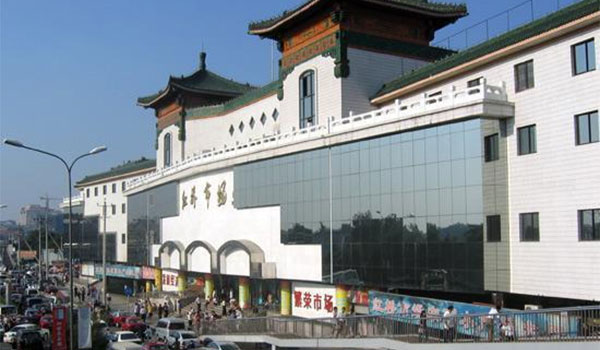
Floor 3 has two parts. Section 1 contains traditional Chinese merchandise. If you fancy a fine set of porcelain chopsticks, you need look no further. Section 2 is what you came for if came for pearls. Advisory though – as with Yashow and the Silk Market, make sure you shop around (and bargain) before settling on anything.
Jingshen Seafood Market
Perhaps not strictly the kind of shopping you'd usually have in mind, but if you'd like to combine your shopping and dining experiences into one, Jingshen is hard to beat.
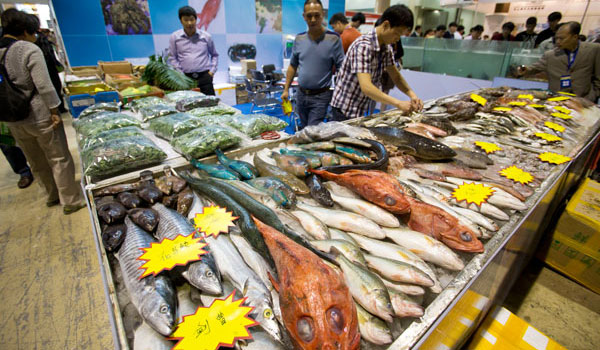
You’ll find just about every fish in the ocean at the Jingshen Seafood Market (exaggerating... but not much), and it’s all so incredibly fresh – any fresher, and it’d still be swimming around in the sea.
Choose what you want from a selection of fish, clams, crabs, crustaceans and eels. The place is well laid out, with the first level dedicated to raw fish. The second level specializes in dried seafood, while the third is a restaurant area for the preparation and cooking of your purchases.
Beijing Shopping, All Gift-Wrapped Up
We've really only scratched the surface of what's on offer shopping-wise in Beijing. There are many more shopping malls, electronics stores, marketplaces, and little hole-in-the-wall stores all over town. As soon as you start poking around here, you'll find them.
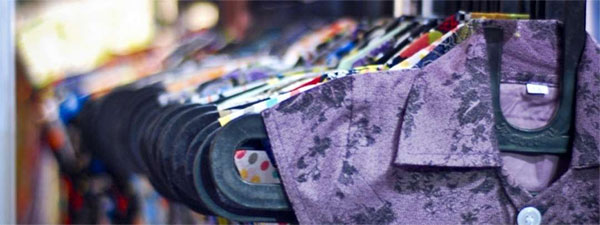
Use this article as a guide, but don't be afraid to go on scouting expeditions yourself. A veritable wonderland of shopping opportunities awaits, from more big malls like Lufthansa Center, Wanda Plaza, and the Viva Mall to the myriad of inexpensive knock-off goods available outside the Beijing Zoo, you can find whatever you want for sale in this city - all you've got to do is look.
Cerise Bai




Add new comment